Yenn Lee yl22@soas.ac.uk
Digital ecology of free speech: Authenticity, identity, and self-censorship
Lee, Yenn; Scott-Baumann, Alison
Authors
PROF Alison Frances Scott-Baumann as150@soas.ac.uk
Associate Director of Research
Contributors
Simeon Yates
Editor
Ronald E. Rice
Editor
Abstract
Through a thematic mapping of the current literature and a gap analysis of the field, the chapter sheds light on the discrepancies between emerging digital practices and established theories of free speech. In the contemporary digital age, censorship and surveillance are exercised more and more by private actors such as social media platform operators, while self-expression increasingly takes the form of content forwarding, coded language, and non-human identities. We observe that the current literature shares a “pathological” approach; that is, undesirable content ought to be removed, avoided, and institutionally intervened upon. This approach, however, poses a new set of difficult questions such as who decides what is intolerably extreme and what is acceptably moderate; who designs and implements the filtering of extreme content; and how can the public ensure the accountability of the filtering mechanism.
Citation
Lee, Y., & Scott-Baumann, A. (2020). Digital ecology of free speech: Authenticity, identity, and self-censorship. In S. Yates, & R. E. Rice (Eds.), The Oxford Handbook of Digital Technology and Society. Oxford University Press. https://doi.org/10.1093/oxfordhb/9780190932596.013.15
| Acceptance Date | Jul 31, 2018 |
|---|---|
| Publication Date | Aug 7, 2020 |
| Deposit Date | Aug 6, 2018 |
| Publisher | Oxford University Press |
| Book Title | The Oxford Handbook of Digital Technology and Society |
| ISBN | 9780190932596 |
| DOI | https://doi.org/10.1093/oxfordhb/9780190932596.013.15 |
| Keywords | Censorship, extreme content, filtering mechanism, free speech, self-expression, social media, surveillance, undesirable content |
| Related Public URLs | https://global.oup.com/academic/product/the-oxford-handbook-of-digital-technology-and-society-9780190932596?cc=eu&lang=en&# |
You might also like
SOAS ICOP and ICOP APPG Impact Review 2020-2023
(2023)
Report
The HE Free Speech Bill Must Recognise Equality Act Obligations
(2022)
Preprint / Working Paper
The People’s Review of Prevent: Full Report
(2022)
Report
Downloadable Citations
About SOAS Research Online
Administrator e-mail: outputs@soas.ac.uk
This application uses the following open-source libraries:
SheetJS Community Edition
Apache License Version 2.0 (http://www.apache.org/licenses/)
PDF.js
Apache License Version 2.0 (http://www.apache.org/licenses/)
Font Awesome
SIL OFL 1.1 (http://scripts.sil.org/OFL)
MIT License (http://opensource.org/licenses/mit-license.html)
CC BY 3.0 ( http://creativecommons.org/licenses/by/3.0/)
Powered by Worktribe © 2025
Advanced Search
